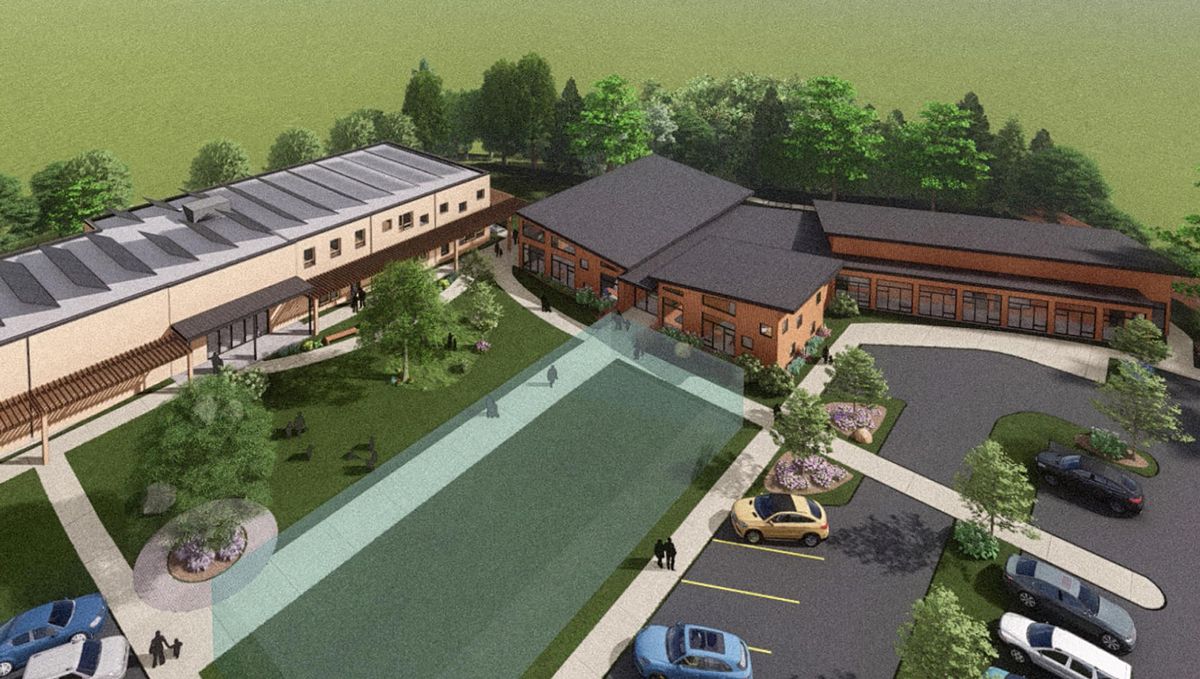Code and Smoke Detector Options
What Are Your Local Code and Smoke Detector Options?
Current residential fire code requires a hardwired smoke detector on each floor, each bedroom, and every hallway to every bedroom . Although this may seem excessive, the code was created to save lives. There are deadly fires every day and by having the proper amount of smoke detectors, it may make the difference between life and death . Depending on where you reside, the code and smoke detector options many vary.
In discussing hardwired smoke detectors in the broadest sense, there are two types— monitored and unmonitored . Per code, you do not need monitored smoke detectors—only hardwired. Most of the time, the smokes installed in new constructions are what we call “110 smokes”, which are installed by an electrician. These smokes are high voltage and cannot be directly tied into an alarm system. Unless you are home or live very close to your neighbors, having “ local ” smoke detectors rather than “ monitored ” smoke detectors only protects your home when you are away. Have pets or elderly house guests? You need monitored smokes .
The best way to go about protecting your house from fire is to install monitored smoke detectors from the beginning. However, this is not always the case. Often times, the homeowner does not know the difference between a “ 110 smoke ” and a “ monitored smoke ” and the homeowner is under the impression that the smokes will tie directly into the alarm system. If you happen to have 110 smokes in your new home, ATP Alarms has two solutions.
The first solution is what we call a “ relay ”. Your Honeywell certified ATP technician would connect the circuit your 110 smokes are on to this relay. When one of the smokes is tripped, the relay will be trigged and American Total Protection ’s monitoring station will be called. There are pros and cons of this solution. The pro with this solution is that your unmonitored smokes are now monitored. One of the cons is that the relay cannot identify which smoke is actually triggered—making the homeowner unaware of where the potential fire is. Also, anytime there is a power surge or low battery, the relay may be triggered. Needless to say, having your house protected with a monitored fire system outweighs any possible con.
The second solution is relatively new to the market. This device is a wireless module that detects the pitch of an unmonitored smoke (and also carbon) alarm. By placing it next to one of your 110 smokes, it immediately makes that smoke, and every other smoke (if they are tied into one another, which they most often are) monitored. The pro of this solution is that your smokes are monitored. Also, unlike when you have a relay, a power surge or low battery should not trigger an alarm. The con is that the device is not hardwired and is wireless. To date, we have not had an issue with this module.
American Total Protection recommends installing monitored smokes from the beginning as it is the only way to have point identification of which smoke detector is triggered. However, if you have 110 smokes and want to better protect your family, home, and belongings, we offer alternative solutions. Here at ATP we understand that every home we offer to protect is unique. Sometimes we need to think outside the box in order to make a family feel safe and secure.
This is real life . You need a real security company . We are American Total Protection .
The post Code and Smoke Detector Options appeared first on ATP Alarms.
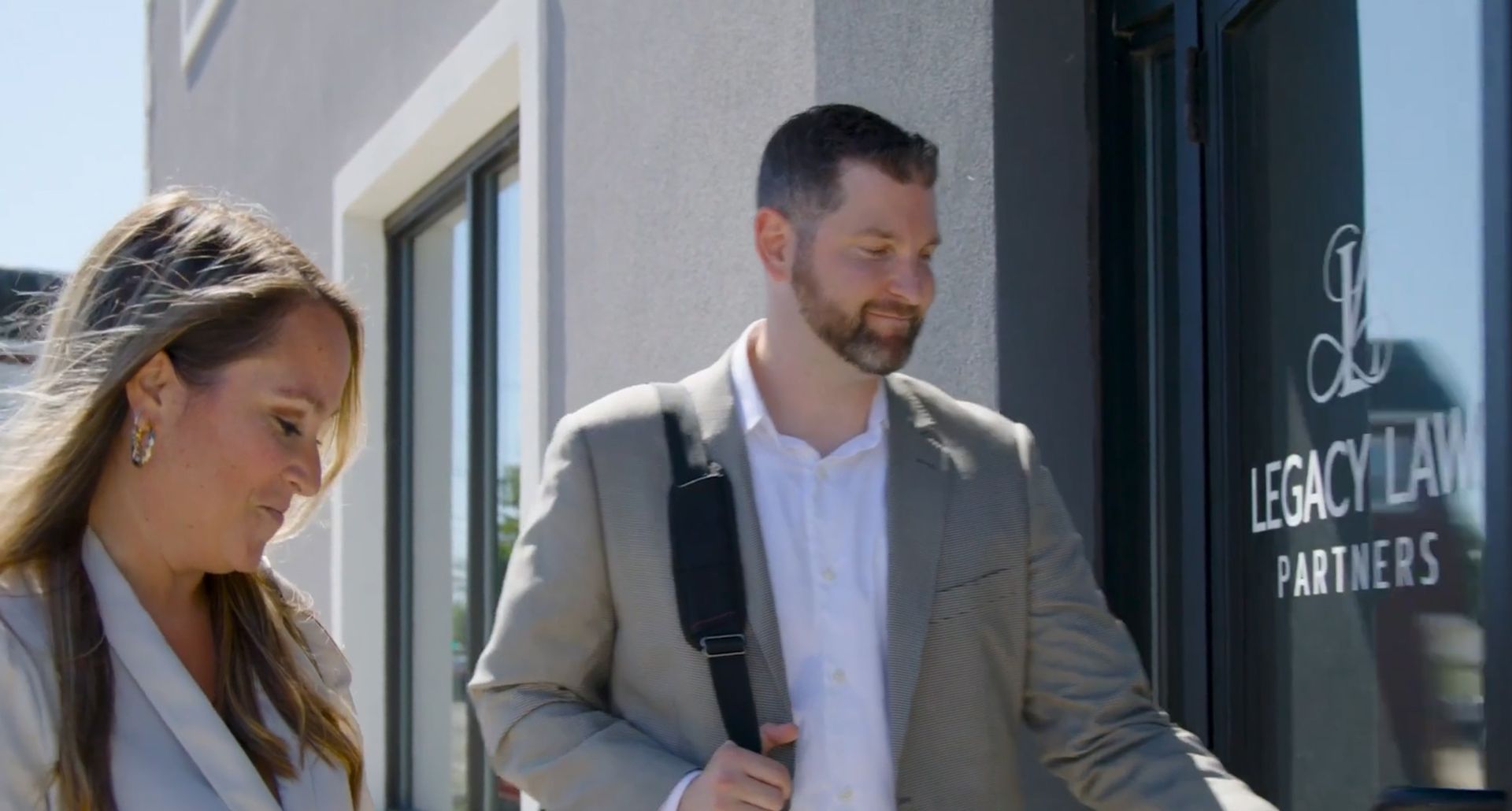

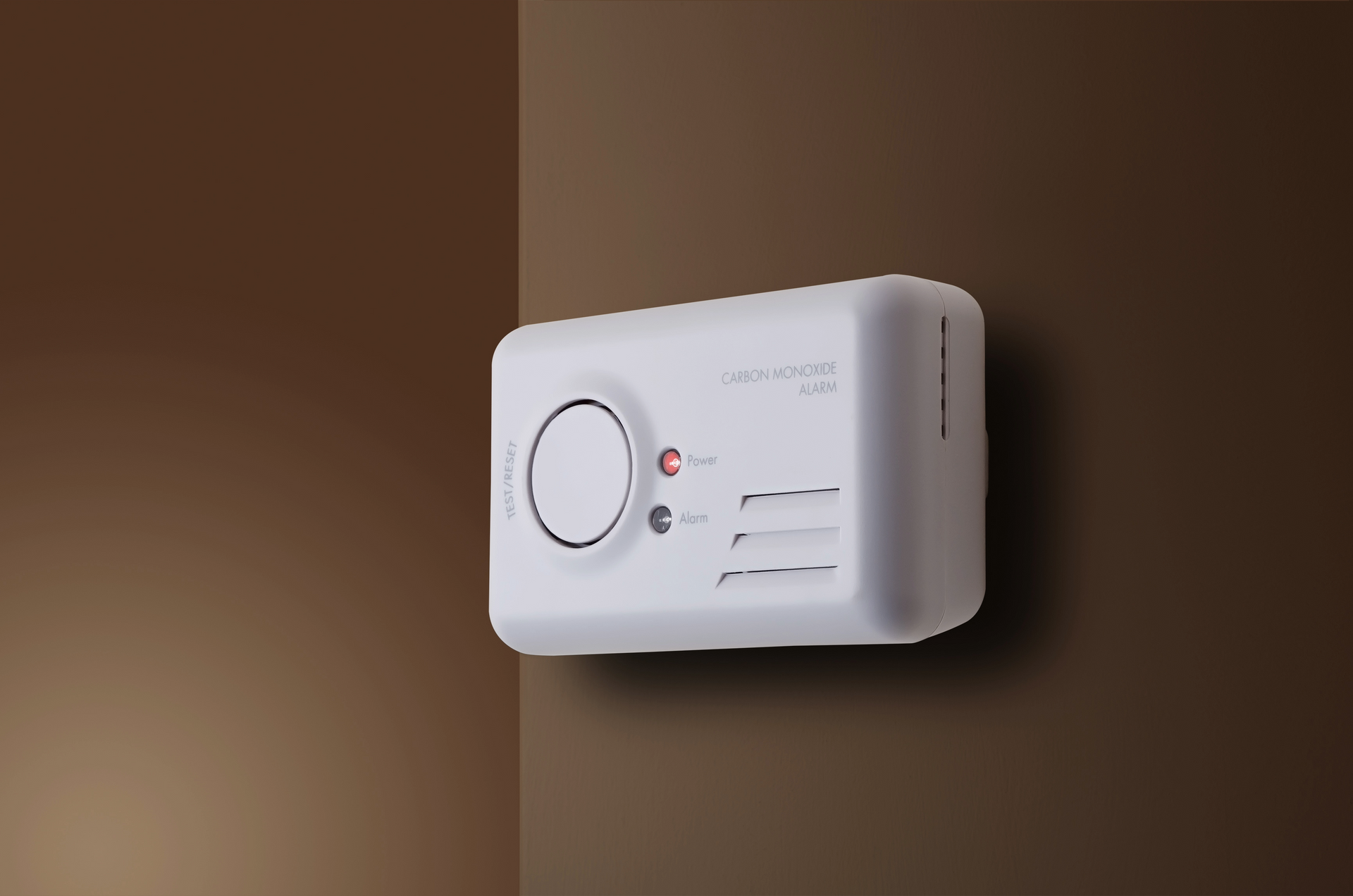
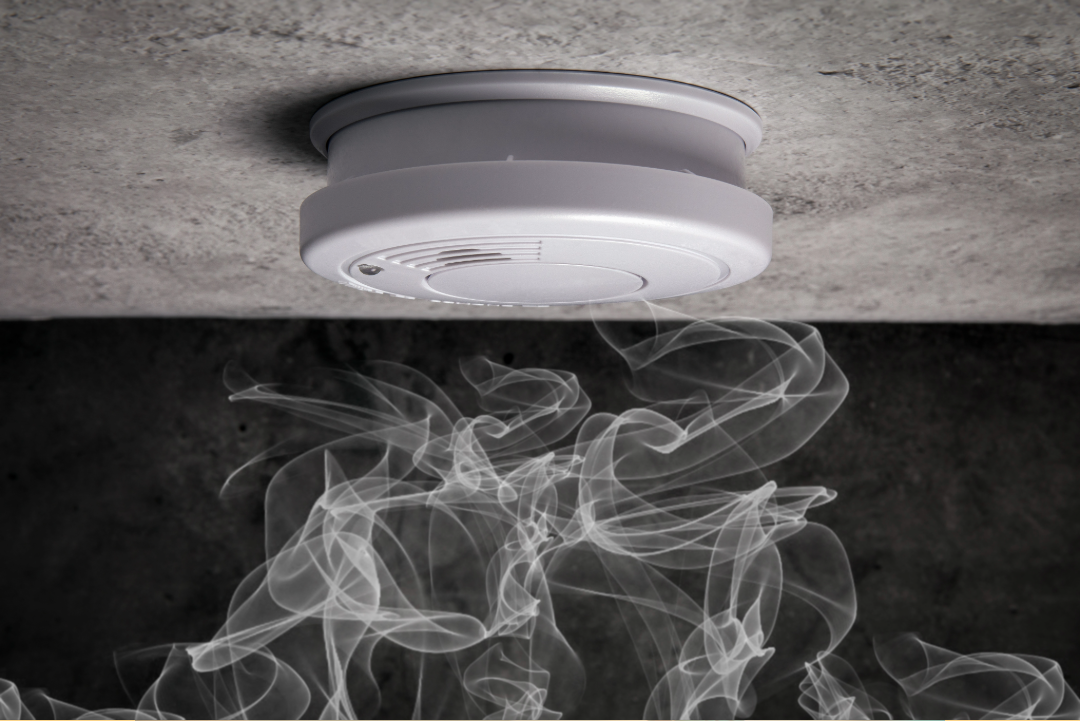


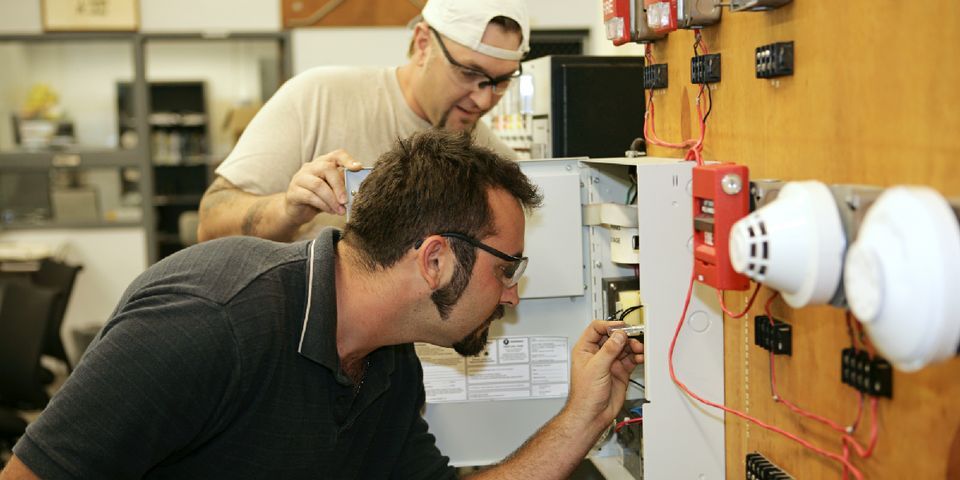
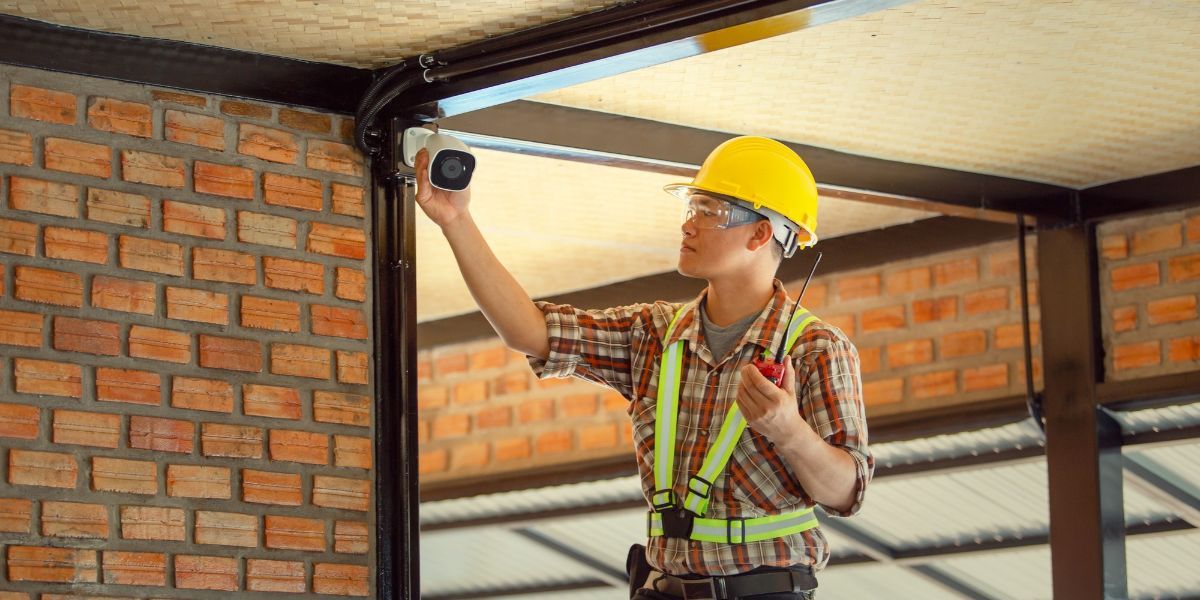

Commercial
Residential
Locations
Connecticut Counties:
Fairfield, Hartford, Litchfield, Middlesex, New Haven, New London, Tolland, Windham
Connecticut Cities/Towns:
Avon, Branford, Darien, Glastonbury, Greenwich, Hamden, Manchester, New Canaan, New Haven, North Branford, South Windsor, Stamford, Tolland, Vernon, Wallingford, West Hartford, West Haven, Westport
Florida Counties:
Orange, Osceola, Brevard, Indian River, Saint Lucie, Martin

